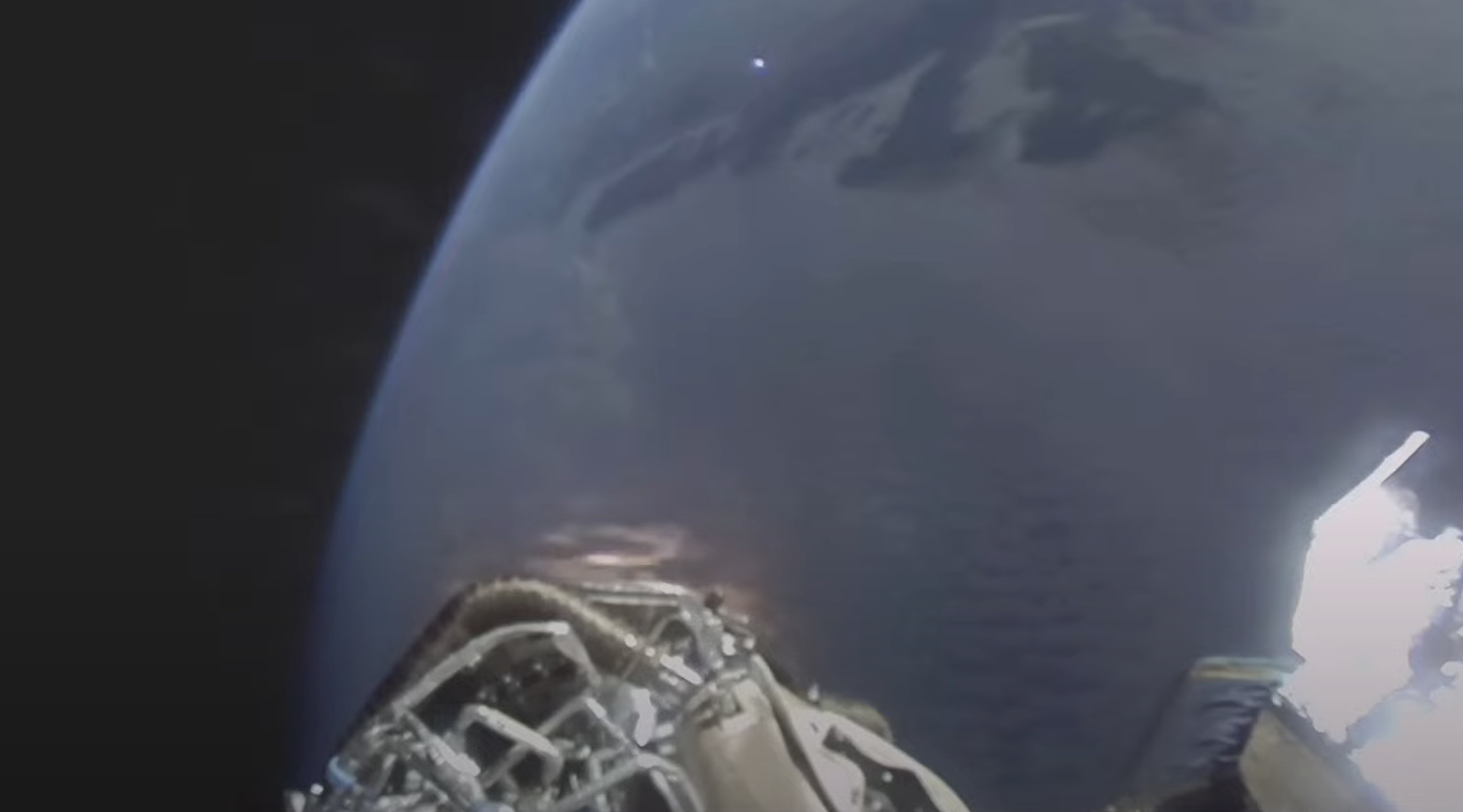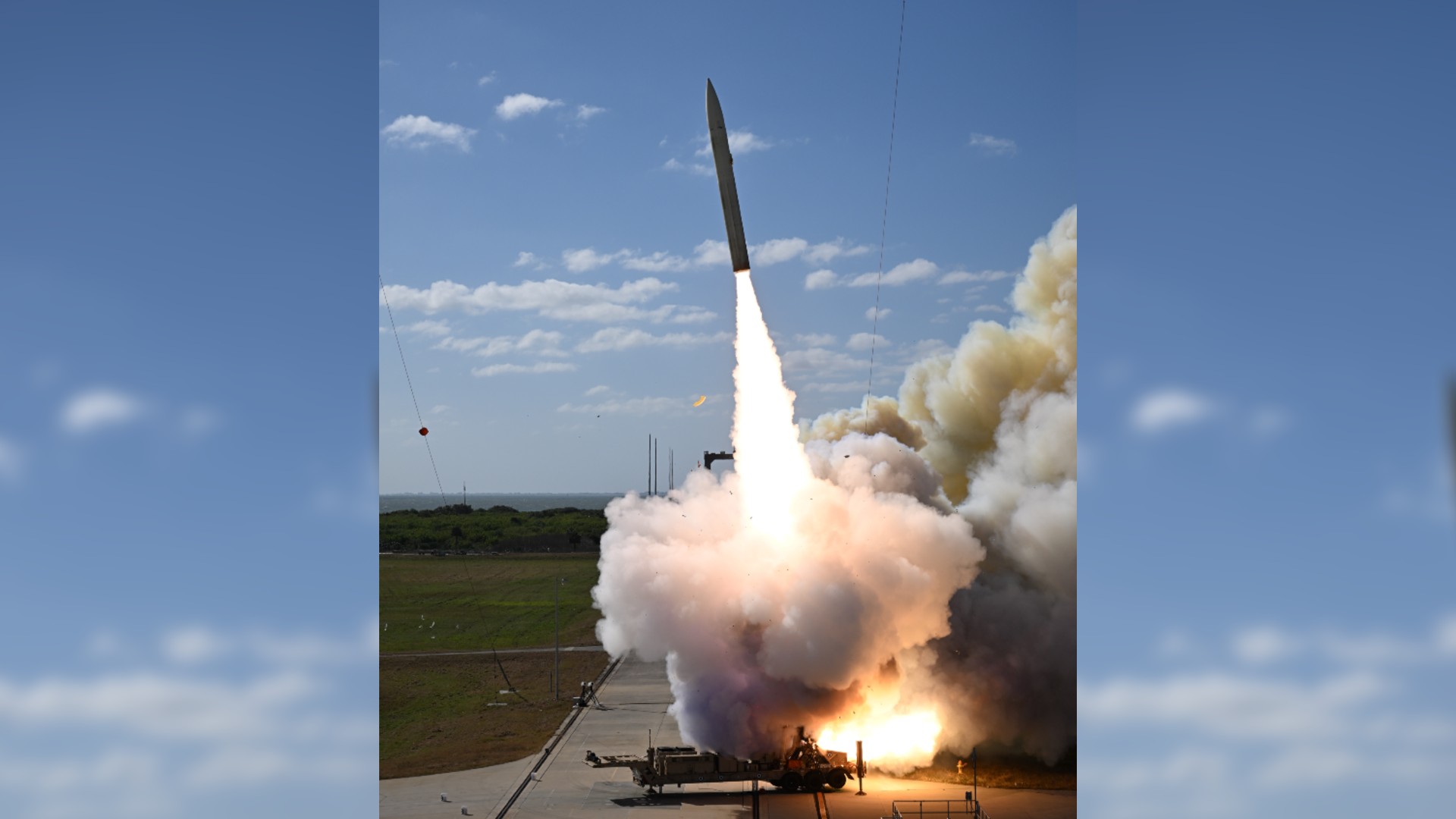See a Green Comet in the Night Sky: Where and When to Look

Comet LINEAR (formally designated 252P) is coming into view for observers in the Northern Hemisphere during the last few days of March. The comet's arrival has skywatchers excited because this icy space rock is 100 times brighter than expected.
From the Southern Hemisphere, observers have recently been able to spot the comet with the naked eye in very dark areas. Although the moon's light will flood the sky in the Northern Hemisphere, the comet may be visible with binoculars in a sufficiently dark area.
"Don't expect Comet LINEAR to be obvious, with a long tail," Sky & Telescope senior editor Kelly Beatty said in a statement. "Its light isn't concentrated in a single point, but instead is spread out in a soft, round glow, larger than the moon but many thousands of times dimmer." [Skywatching in 2016: The Year's Must-See Events (Calendar)]
Skywatchers observing the comet with telescopes may see the greenish haze surrounding it. This green glow is thought to be created by atoms of diatomic carbon surrounding the comet and fluorescing in the sunlight, the statement said.
Observers should go outside at least 90 minutes before sunrise in a dark area and look for the comet between the constellations Sagittarius and Scorpius.
The planets and stars can also serve as guideposts for finding the comet. LINEAR will be in line with Mars and Saturn on March 29, and in line with Saturn and Antares (a bright, red star in the constellation Scorpius) on March 31. The moon will also be close by, particularly on March 30; it will be just 3 degrees to the lower right of the comet.
Get the Space.com Newsletter
Breaking space news, the latest updates on rocket launches, skywatching events and more!
!["Use this chart to help you find Comet 252P/LINEAR at least 1.5 hours before sunrise in late March. The area of sky shown is close to the southern horizon for observers at mid-northern latitudes. Symbols show the comet's location every 8 hours along its track; those with dates are plotted for 4 a.m. EDT (0800 GMT) on that date. The comet will likely appear as a soft, round glow with a bright center and [no] tail. The 10-degree scale bar at the far left is about the width of your clenched fist at arm's length, and the faintest stars shown are magnitude 5.5 (visible from a dark site free of light pollution)." From Sky & Telescope.](https://cdn.mos.cms.futurecdn.net/rihHmwxBDtmfLAKVyJdwE5.jpg)
LINEAR passed its closest point to Earth on March 21, at a distance of about 3.3 million miles (5.3 million kilometers). Given that it's now moving farther out into the solar system and away from the sun, astronomers aren't sure how long it will stay this bright.
Observers with very large telescopes also may be able to spot another comet passing near Earth: Comet Pan-STARRS (designated P/2016 BA14). It came within 2.2 million miles (3.5 million kilometers) of Earth on March 22.
"The timing of these paired visits is probably no coincidence," said the same statement from Sky & Telescope. "The 'P' in both comets' designations means they are in periodic (elliptical) orbits that bring them near the sun repeatedly — in this case, about every five years. Their orbits are so similar that comet specialists suspect these two bodies are fragments of a single object."
Comet LINEAR was discovered on April 7, 2000, by researchers from the Lincoln Near Earth Asteroid Research program (an MIT Lincoln Laboratory program funded by NASA and the U.S. Air Force). The comet's core is estimated to be 750 feet (230 meters) across, according to the statement. Comet Pan-STARRS was discovered by researchers from the Panoramic Survey Telescope & Rapid Response System (University of Hawaii) more recently, on Jan. 22, 2016. Its core is estimated to be 350 feet (100 m) across, according to Sky and Telescope.
Editor's Note: If you snap an amazing picture of Comet LINEAR, you can send photos, comments and your name and location to managing editor Tariq Malik at spacephotos@space.com.
Follow Elizabeth Howell @howellspace, or Space.com @Spacedotcom. We're also on Facebook and Google+. Original article on Space.com.
Join our Space Forums to keep talking space on the latest missions, night sky and more! And if you have a news tip, correction or comment, let us know at: community@space.com.

Elizabeth Howell (she/her), Ph.D., was a staff writer in the spaceflight channel between 2022 and 2024 specializing in Canadian space news. She was contributing writer for Space.com for 10 years from 2012 to 2024. Elizabeth's reporting includes multiple exclusives with the White House, leading world coverage about a lost-and-found space tomato on the International Space Station, witnessing five human spaceflight launches on two continents, flying parabolic, working inside a spacesuit, and participating in a simulated Mars mission. Her latest book, "Why Am I Taller?" (ECW Press, 2022) is co-written with astronaut Dave Williams.









